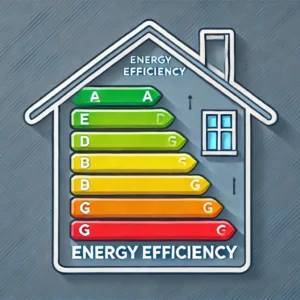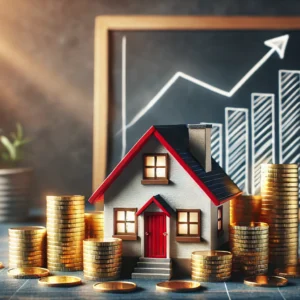Home improvement loans can be a helpful way to finance renovations and repairs, but they also come with potential drawbacks. Before taking out a loan, it’s essential to understand the risks and challenges that may arise. This guide outlines the key downsides of home improvement loans and factors to consider before committing to one.
1. High Interest Rates on Certain Loans
Not all home improvement loans come with low interest rates. Unsecured personal loans and some credit-based options tend to have higher interest rates compared to secured loans like home equity loans or HELOCs. Borrowers with lower credit scores may receive even higher rates, increasing the total cost of the loan.
Considerations:
- Compare rates from multiple lenders before making a decision.
- If you have good credit and equity in your home, consider a secured loan for a lower rate.
2. Additional Debt Burden
Taking out a loan adds another financial obligation to your monthly expenses. If your budget is already tight, adding a loan payment could strain your finances and make it difficult to keep up with other essential bills.
Considerations:
- Review your budget to ensure you can comfortably afford the monthly payments.
- Avoid borrowing more than necessary to keep payments manageable.
3. Risk of Losing Your Home with Secured Loans
Loans that require collateral, such as home equity loans and HELOCs, use your home as security. If you fail to make payments, you risk foreclosure, which can result in the loss of your property.
Considerations:
- Only take a secured loan if you are confident in your ability to make timely payments.
- Consider unsecured options if you are uncomfortable using your home as collateral.
4. Loan Fees and Closing Costs
Many home improvement loans come with additional costs, including origination fees, closing costs, and prepayment penalties. These extra expenses can add up, increasing the overall cost of borrowing.
Considerations:
- Ask about all fees upfront to avoid unexpected costs.
- Look for lenders that offer loans with minimal or no fees.
5. Variable Interest Rates on HELOCs
Home equity lines of credit (HELOCs) often have variable interest rates, meaning the rate can increase over time. This can lead to unpredictable monthly payments, making budgeting more difficult.
Considerations:
- If you prefer stable payments, consider a fixed-rate home equity loan instead of a HELOC.
- Be prepared for potential rate fluctuations if you opt for a variable-rate loan.
6. Risk of Overborrowing
With easy access to funds, it’s tempting to borrow more than necessary, leading to higher monthly payments and longer repayment periods. Overborrowing can also leave you with unnecessary debt that takes years to repay.
Considerations:
- Determine the exact cost of your renovation and borrow only what is necessary.
- Avoid financing unnecessary upgrades that do not add significant value to your home.
7. Potential for Negative Equity
Using home equity to fund improvements can be risky if property values decline. If you borrow too much against your home and the market value drops, you could end up owing more than your home is worth.
Considerations:
- Research property values in your area before borrowing against home equity.
- Avoid borrowing the maximum amount of equity available to maintain a financial cushion.
8. Lengthy Approval Process for Some Loans
Some home improvement loans, particularly those requiring collateral, involve lengthy application and approval processes. Home equity loans and FHA Title I loans require home appraisals, credit checks, and paperwork, delaying access to funds.
Considerations:
- If you need fast funding, consider a personal loan or a home improvement credit card.
- Plan ahead and start the loan process early if you choose a secured loan.
Final Thoughts
While home improvement loans can provide valuable financing for renovations, they come with potential downsides, including high interest rates, additional debt, and financial risks associated with secured loans. Before borrowing, assess your budget, research loan options, and compare terms to ensure you choose the best financing solution for your needs. Borrow responsibly and consider alternatives such as savings or government grants when possible to minimize financial strain.






